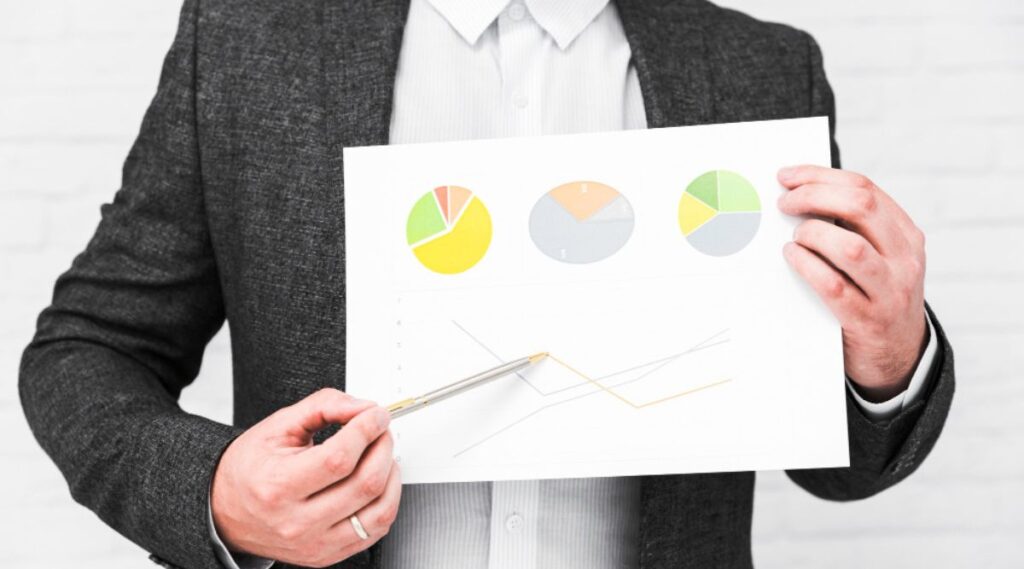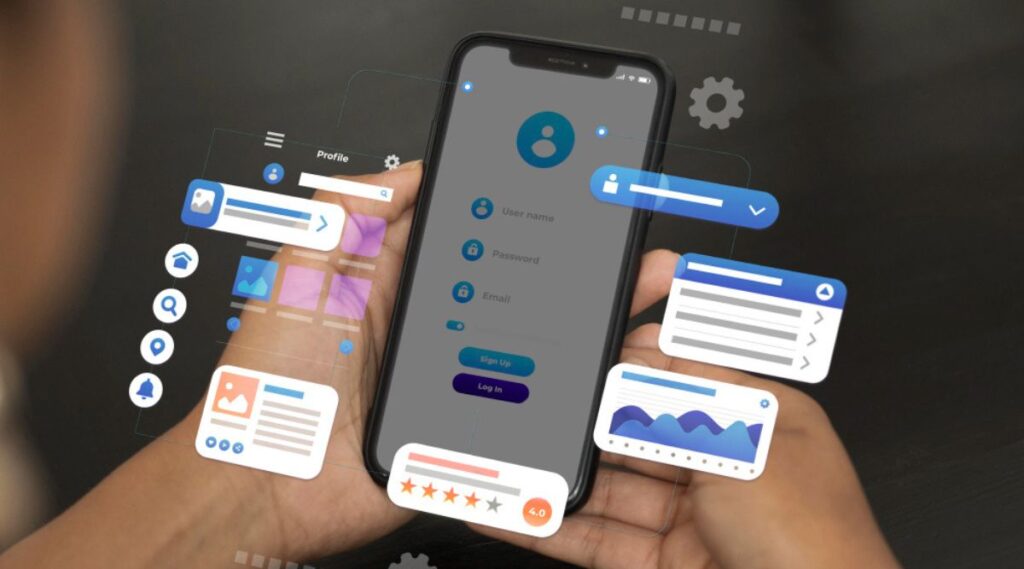Mystery Shopper in Restaurants: Enhancing Customer Experience

Mystery shoppers are frequently hired by a third-party business to visit restaurants and evaluate customer service. They play an important role in assessing several aspects of business, providing an overview of their experiences that can be used to enhance the business. By pretending to be a frequent customer, their main goal is to obtain information […]
Why is competitive Analysis important to an entrepreneur?

Competitive Analysis is very important for entrepreneurs. It assists you in understanding the demands of your target audience, learning more about the advantages and disadvantages of your competitors in the market, and encouraging your company’s expansion. Your chances of business success will increase with the depth of your competitive study. Obtaining additional information about your […]
8 Steps to Perform Competitive Analysis – Hs Brands Asia

Competitive analysis is a method used by businesses to understand the competition in the industry. One proactive method to learn how you compete with other companies in your field is to do a competitive analysis. The gap with the rivals can be closed by focusing on your company’s advantages rather than taking a simply reacting […]
Top 5 Competitive Analysis Techniques by HS Brands Asia

Competitive analysis identifies competitors and assesses their methods to determine their advantages and disadvantages and improve one’s business. HS Brands Asia offers revolutionary competitive analysis and benchmarking services in India. This service elevates your brand to the forefront of excellence and creativity. The competitive analysis goes beyond basic information and examines industry complexities. HS Brands […]
Top 5 Benefits of a Mystery Shopping Program – Hs Brands Asia

Marketing research companies and businesses use mystery shopping to assess employee performance, regulatory compliance, sales and service quality, and particular market or competition data, including product and service offerings. HS Brands is a global expert offering solutions for loss prevention, compliance measurement, Mystery Shopping, and brand certainty. We offer creative approaches to guarantee all-encompassing solutions […]
The Future of Customer Experience Management

Customer Experience Management (CEM) is an approach to digital transformation that puts the customer’s needs first and goes beyond conventional marketing technologies and tools. Customer experience management facilitates the large-scale, real-time, cross-channel management of the complete end-to-end customer experience. A customer experience management (CEM) strategy helps meet consumer expectations to increase customer satisfaction and loyalty. […]
8 Benefits of Market Research for Small Businesses by Hs Brands Asia

A company’s procedure to find important information about its target market and consumer behavior is known as market research. It involves several methods, including organizing the research techniques, selecting the target markets for examination, carrying out the research plan, collecting data, processing, and reporting it. This is a primary objective for small businesses. Thus, market […]
5 ways to Measure Customer Satisfaction

In any business success graph, customer satisfaction is a key component. Customer satisfaction has the power to either build or ruin your company’s reputation. The determining factor of how well a business’s product or service meets or exceeds its consumers’ expectations is customer satisfaction. It’s a helpful measure of how effectively customer service operations are […]
Best AI Apps to Help Mystery Shoppers in their Tasks

Want to hire a mystery shopping service that is world-class? Are you eager to use AI Apps to boost sales and improve client satisfaction? You’re on the perfect site! Mystery shopping services provided by companies like HS Brands Asia use AI technologies for mystery shopping boost growth and turn your business into a booming marketplace. […]
Brand Protection Services and Solutions for Your Business

Brand protection has become more and more important for businesses in the digital age. The increasing number of internet platforms and easy access to information provide several challenges for companies trying to protect their brand and intellectual property. Brand impersonation assaults, in which online criminals create domain names and websites that mimic well-known brands, can […]
